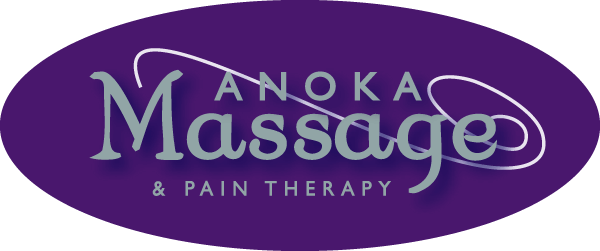Winter is a word that conjures up many different images, including snowmen, sleigh rides and holidays. During the winter months, nature is resting and replenishing itself for the upcoming spring. And as we are part of nature, we should also be focusing on rest and relaxation.

Traditional Chinese Medicine (TCM) teaches that we should live in harmony with the seasons. When we don’t, that’s when disease and illness occur. Living in harmony with the season of winter means we should avoid eating excessively cold or raw foods, we should focus our attention inward and we should make time to relax and rejuvenate our bodies.
Winter is associated with the element of water, the kidneys and the urinary bladder. The kidney energetic pathway opens to the ears and therefore, they should be protected from the cold that occurs during the winter months. Every major organ in the body is also assigned an energetic pathway in TCM theory. These pathways allow energy or Qi (pronounced “chee”) to flow throughout the body, which keeps everything functioning properly. When the Qi becomes deficient, stagnant or blocked, then disease can develop. During the season of winter, this may manifest as ear aches, low back pain, knee pain, urinary issues, anxiety or fatigue.
To keep the kidney and urinary bladder functioning properly within the TCM system, things like acupuncture, herbal formulas, nutritional counseling and practices like qi gong or tai chi may need to be incorporated. There are over 350 acupuncture points on the body, but there are some that work exceptionally well during the winter season to help keep the body free from disease.
KIDNEY 3 – This point is located bilaterally on the inner lower leg, in the depression just behind the medial malleolus. Kidney 3 is a very important point that can help with everything from low back pain to ear aches.
SPLEEN 6 – This point is located bilaterally on the inner lower leg, about three thumb-breadths above the inner malleolus. Spleen 6 can help improve immune system function and fight fatigue.
LIVER 3 – This point is located bilaterally on the top of the foot, in the depression about one thumb-breadth from the edge of the webbing between the first and second toes. This point can be used to decrease headaches and help with some urinary issues.
STOMACH 36 – Located bilaterally on the outer lower leg, it can be found one finger-breadth from the border of the upper tibia and about three thumb-breadths below the lower border of the knee cap. Stomach 36 is known as the longevity point in TCM and is frequently used by practitioners. It can help with fatigue, dizziness and knee pain.
URINARY BLADDER 23 – Located bilaterally, on either side of the spine, it can be found one and a half thumb-breadths from the lower border of the second lumbar vertebra. Urinary Bladder 23 is another frequently used point that helps with deafness, dizziness, knee pain, low back pain and urinary issues.
Any of these points can be used alone or in conjunction with others. They can be manually stimulated using pressure from a finger or dull, rounded tool. But for best effects, it is recommended acupuncture be applied.



